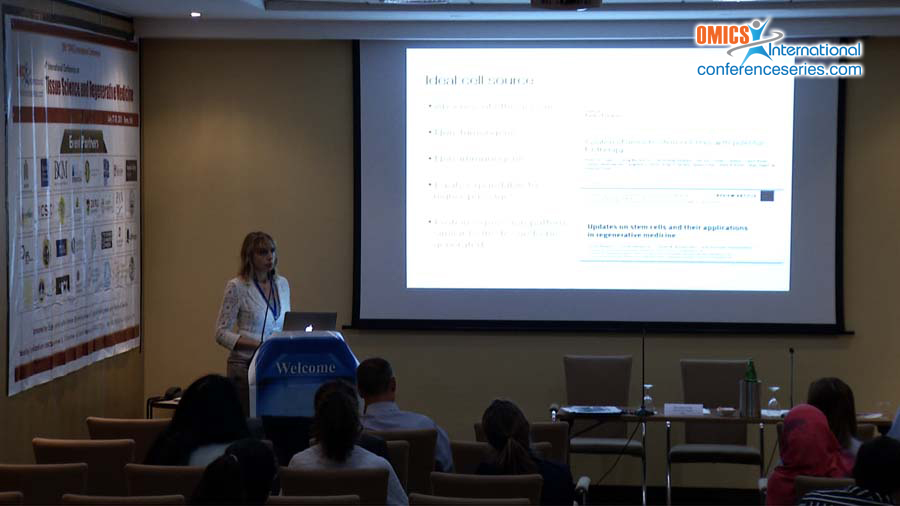
Roberta Di Pietro
G. d’Annunzio University of Chieti-Pescara
Italy
Title: Potential of human amniotic fluid stem cells (AFSC) and natural scaffolds in bone regeneration and repair
Biography
Biography: Roberta Di Pietro
Abstract
Every year over 2 millions bone replacement procedures requiring the use of bone graft materials are performed worldwide. This makes bone second only to blood in the list of transplanted materials. Tissue engineering strategies are a very promising option for the healing of critical-size bone defects. To this aim, various classes of natural scaffolds (including collagen and hyaluronic acid-based hydrogel) have been used in the human clinical setting. However, cell-free scaffolds are inadequate to repair large bone defects. Recent studies have focused on the use of stem cells rather than mature differentiated cell types due to their expansion potential and ease of access. In particular, human AFSCs represent an attractive cell model for transplantation therapy due to the lack of significant immunogenicity, tumorigenicity and ethical issues. Although AFSCs have been investigated for bone repair, the cellular distribution and post-implantation viability remain key issues. Our research group explored whether AFSCs could improve bone healing in a rat model of large bone defect. For in vivo experiments male rats were injured at the femoral diaphysis in order to produce a 5-7 mm diameter full thickness bone gap. Human AFSCs were transplanted in vivo at the lesion sites after being loaded on a HA (natural nanocrystalline carbonated hydroxyapatite-Orthoss®) scaffold. Both gross anatomy and histological observations revealed greater bone tissue remodelling and regenerative response in rat specimens treated with HA scaffold supplemented with AFSCs. Our findings support previous studies showing AFSCs angiogenic effects and indicate the potential of these cells in bone reconstruction.

